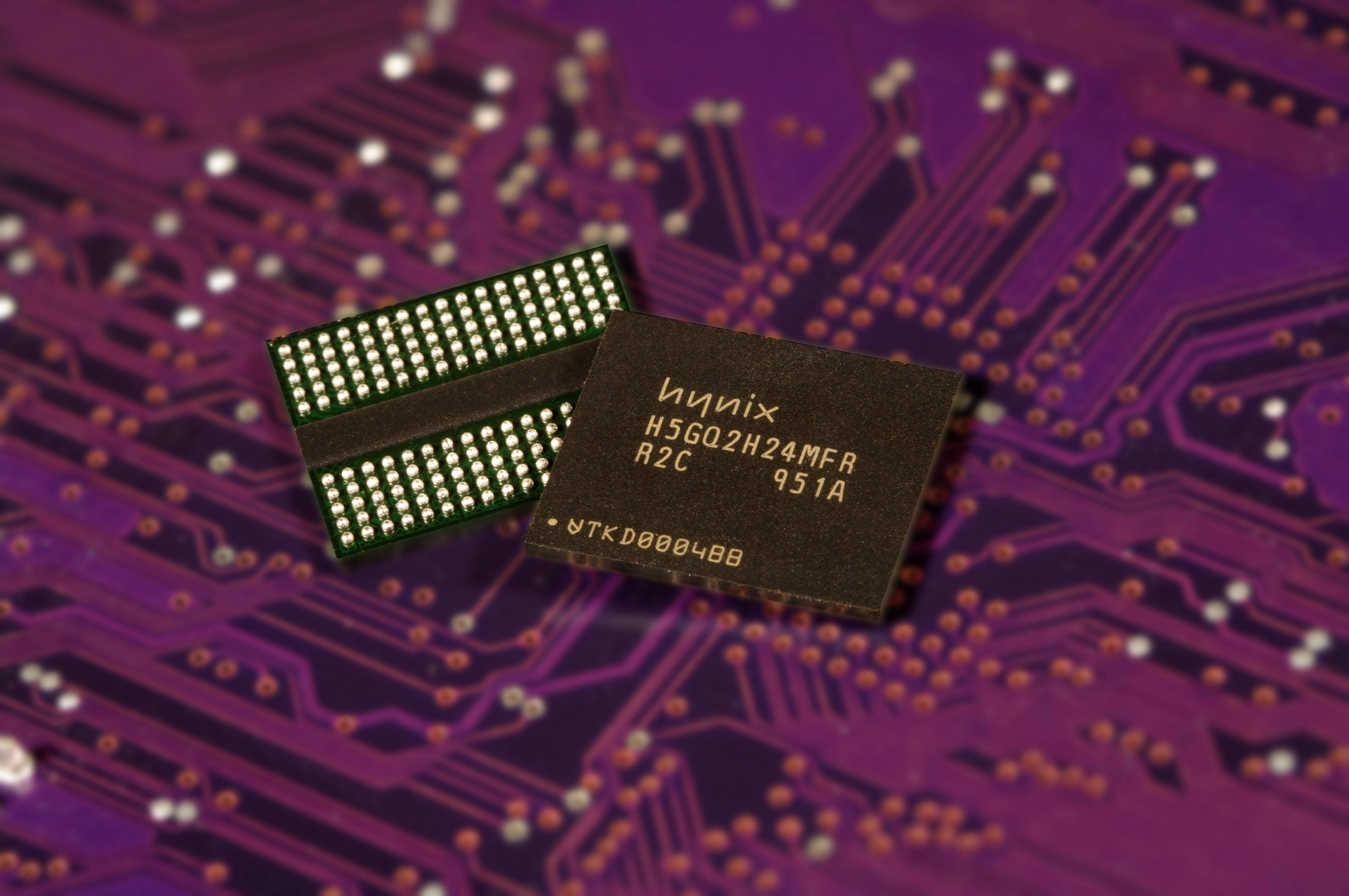Semiconductor Industry

For the first time since entering the semiconductor market in the 80s, Korea has become the second largest seller of semiconductor chips.
Korea’s semiconductor chip manufacturers have surpassed Japan in the total number of chips sold. Combined, Korean manufacturers have now grabbed the second largest market share for semiconductors, with the US remaining first.
The Ministry of Trade, Industry and Energy (MKE) made this announcement on January 20, noting statistics compiled by the Korea Semiconductor Industry Association and market research firm iSuppli. In 2013, the world market for semiconductor chips was estimated to be US$317.9 billion, 15 percent of which belonged to Korean companies. This tops Japan’s 13.9 percent share of the market and places Korea at second place, just behind the US, which holds the number one spot with 52.4 percent.
Kim Jeong-il, manager of the Electronics Department of the MKE, said, “Korea has beaten the seemingly unbeatable Japan for the first time in 30 years since it entered the semiconductor market.”
By category, Korea’s share of the world semiconductor market has risen in memory products to 52.7 percent, system semiconductor products to 5 percent, and other miscellaneous devices to 10.4 percent in 2013.
Japan has lost ground, as it has been slow to tap into emerging markets such as mobile semiconductors, and as a result its global market share, which stood at 51 percent in 1988, has plummeted to 15 percent.
The government, however, pointed out that Korea’s growth in the semiconductor industry has relied mainly on memory products. Thus there is a need to shift focus to a bigger market, such as system semiconductors, which is about four times bigger than the memory market.
Also, the government ordered more emphasis to be placed on the localization of semiconductor equipment and materials, as the local manufacturing of semiconductor equipment was 20.6 percent and of materials was 48.5 percent.
The MKE put together a strategy focused on realigning the semiconductor industry to stimulate the development of more sophisticated and value-added products, increased the manufacturing of key equipment parts, and localized the production of raw materials.


